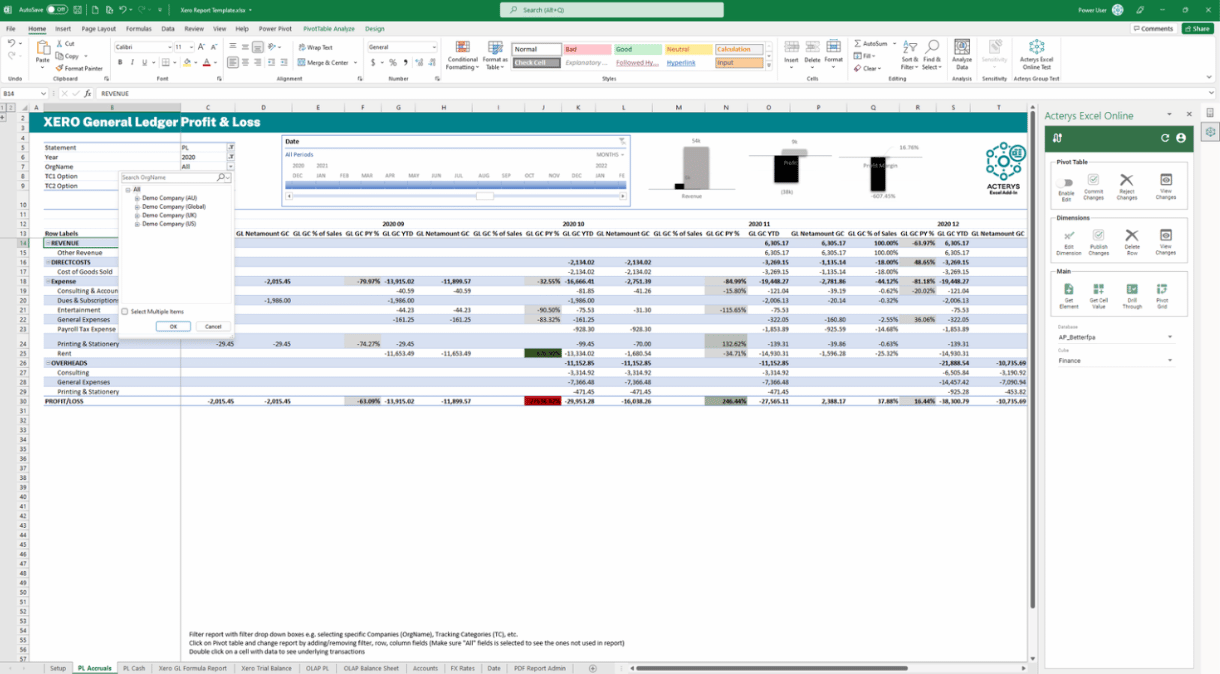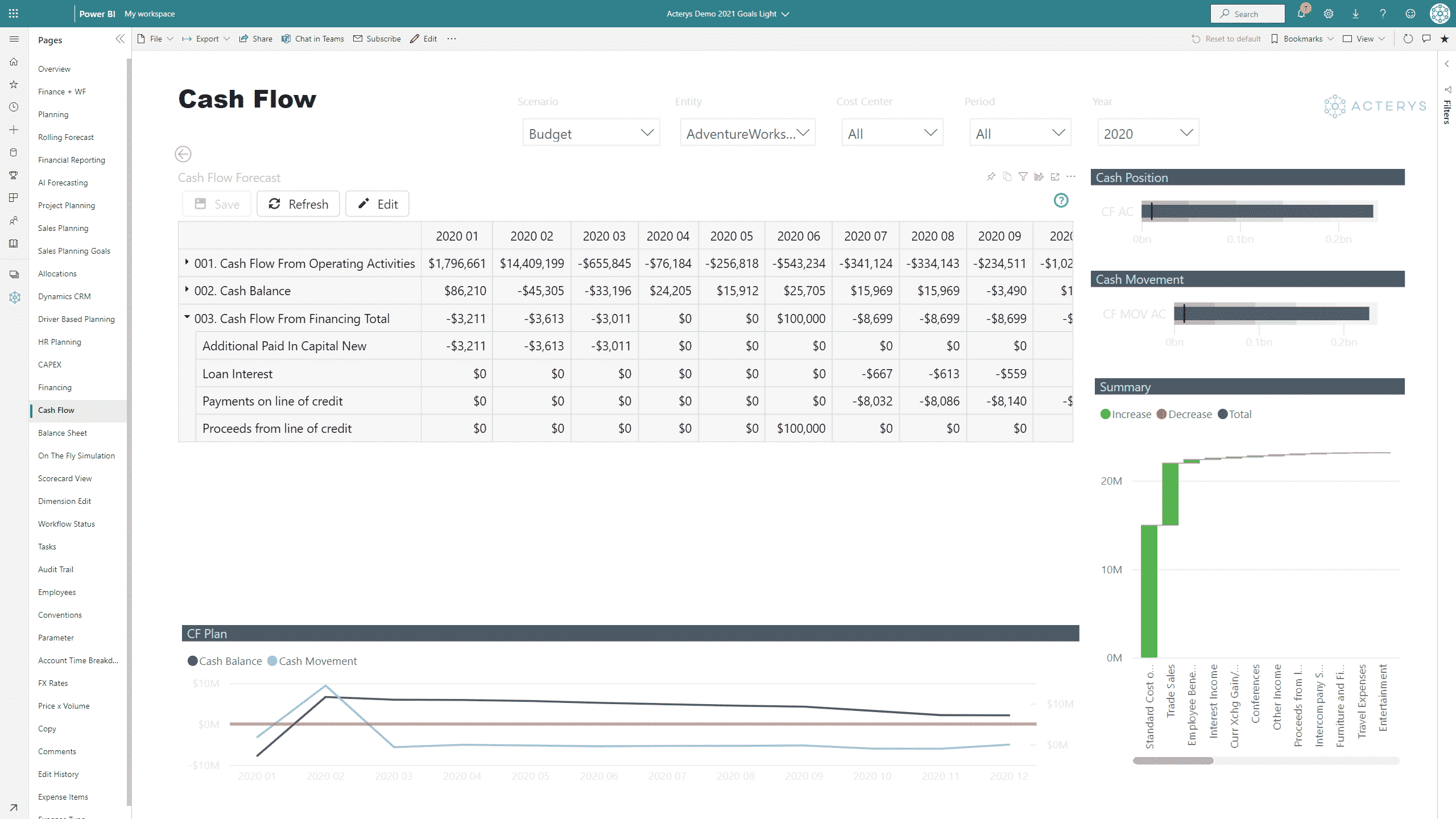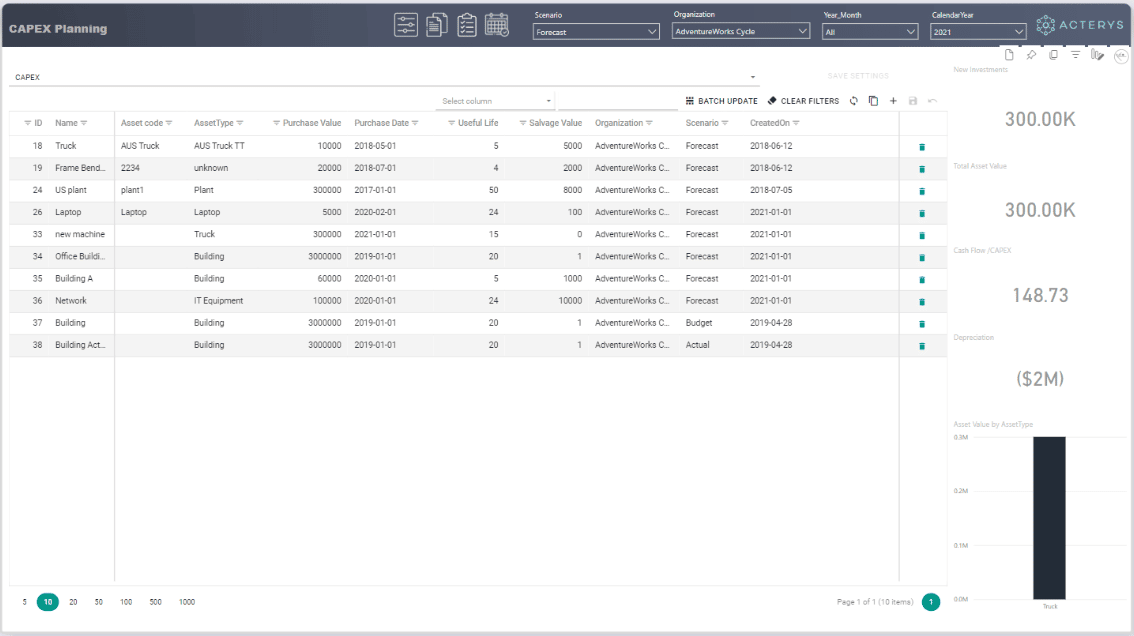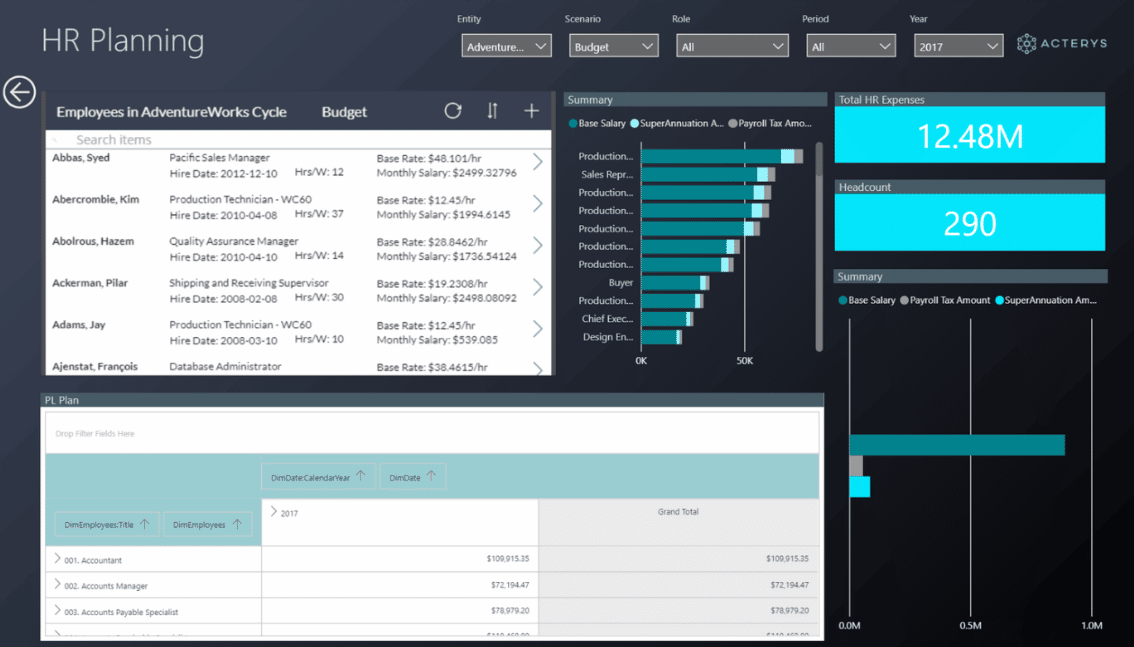
Table of Contents
Reliable financial data is the compass that guides strategic decisions. But what happens when that compass is inaccurate? Errors in financial planning and analysis (FP&A) reports can set entire departments, or even the whole company, off course.
More than half (59%) of accountants admit to making several errors per month, Gartner research found. The same research found that companies with high acceptance of finance technology solutions see a 75% reduction in financial errors.
The good news is that with the right tools and templates, FP&A teams can navigate these challenges and steer their organizations towards success.
To help you succeed, we’ve put together a list of FP&A reporting essentials to quickly analyze financial data, create financial reports, and distribute that information among stakeholders.
Financial Reporting vs FP&A: Key Differences
Financial reporting and financial planning and analysis (FP&A) are two essential pillars of your business strategy. Understanding both their similarities and differences clarifies their unique roles, skill sets, and overall importance in your company’s financial operations.
Financial reporting provides a retrospective view of your company’s financial status. It focuses on presenting financial data clearly and in accordance with accounting standards. This process involves generating financial statements based on historical data, with an emphasis on compliance and established procedures.
On the other hand, FP&A is forward-looking, concentrating on forecasting and strategic planning. It requires in-depth analysis, scenario modeling, and plays a crucial role in decision-making. FP&A reports are integral to guiding the company’s financial direction and long-term planning.
While financial reporting involves a detailed understanding of accounting standards, software, and tools, FP&A demands strong analytical skills, financial modeling, forecasting capabilities, and a deep understanding of industry dynamics. Despite their differences, both functions are critical to achieving accurate financial planning.
7 Financial Statements for FP&A
Financial statements are foundational reports that provide an overview of a company’s financial position and performance. FP&A teams are responsible for creating financial statements, particularly at the end of an accounting cycle as part of the financial closing and consolidation process.
Commonly used financial statements include balance sheets, income statements and cash-flow statements. These statements serve multiple purposes, including providing information for investment opportunities, creditworthiness evaluations, regulatory compliance and strategic business decisions.
For regulated and publicly traded businesses, financial statements are formal documents that must adhere to Generally Accepted Accounting Principles or International Financial Reporting Standards rules. These statements are audited by independent firms for reliability and accuracy.
Here are seven common financial statements.
Balance Sheet
A balance sheet provides a snapshot of a company’s financial position at a specific point in time. It shows a company’s assets, liabilities and equity. To maintain this report at a “balance,” the company’s assets must be equal to the sum of its liabilities and equity. Balance sheets are an effective way to evaluate a company’s liquidity, solvency and overall financial health at a high level.
Income Statement
An income statement, also known as a profit-and-loss (P&L) statement, shows a company’s revenues, expenses and net income over a specific period, such as a quarter or a year. Income statements are useful for investors, creditors and management as they make future-facing decisions about the company. Income statements can also be used to assess a company’s efficiency, identify cost-saving opportunities and evaluate pricing strategies.

Statement of Cash Flows
A statement of cash flows lists the cash inflows and outflows of a company over a specific period. This statement offers insights into a company’s liquidity and solvency, both of which indicate its capacity to fulfill financial obligations in a timely manner.
During the cash flow forecasting process, you’ll want to evaluate these three sections of the statement:
- Cash flows from operating activities: This section shows inflows and outflows related to the company’s primary business operations, such as revenue generated from sales and expenses incurred due to production, employee salaries or tax payments.
- Cash flows from investing activities: This section shows cash generated or used by a company’s investments in long-term assets, such as property and equipment.
- Cash flows from financing activities: This section shows cash generated or used by a company’s financing activities, such as raising capital, paying dividends or issuing stock and bonds.

Statement of Changes in Equity
A statement of changes in equity, also known as a statement of shareholders’ equity or statement of retained earnings, shows the changes in a company’s equity over a specific period. This statement outlines the company’s capital structure, shareholder returns and the impact of dividends on equity. Retained earnings are the portion of a company’s net income that isn’t distributed as dividends but is instead held by the company to be reinvested in the business.
FP&A teams should track this report to gain insight into the allocation of profits, whether they are being reinvested in the business or distributed to shareholders. It helps to understand the company’s capacity to generate cash from its operations and sustain growth and expansion.
Statement of Comprehensive Income
Some transactions and events aren’t reflected in a company’s consolidated income statement. These can include foreign currency translation adjustments, changes in the market value of securities, and gains or losses from pension plans. A statement of comprehensive income encompasses all gains and losses — realized or unrealized — that affect a company’s financial position.
In combination with an income statement and balance sheet, the statement of comprehensive income provides a fuller picture of a company’s financial performance.
Revenue and Expense Breakdown
Revenue and expense breakdown provides a detailed analysis of a company’s revenue and expenses. The report typically includes information such as total revenue, revenue by product or service, total expenses and expenses by category. This report helps business leaders understand where revenue is coming from and where it’s spent.
Detailed Account Transactions
A detailed account transactions report lists transactions by account or accounts over a specific period. This report usually includes when a transaction occurred, how much it was and what it was for. This report helps businesses track spending and identify suspicious activity or account discrepancies.
8 FP&A Reporting Examples
Financial statements and KPIs give you a good baseline to work from, but strategic planning requires robust reporting to make informed decisions. We’ve put together a list of reports that a best-in-class FP&A team generates regularly to analyze operations, make forecasts, and compare projected outcomes against final results.
Driver-Based Financial Planning and Performance Reports
Driver-based planning reports focus on the key drivers of a company’s financial performance, such as sales or production. FP&A teams create these reports to understand how changes in these drivers will affect financial performance. The report typically includes information about sales, production and revenue projections, among other key performance metrics.

Cash Flow Forecasts
FP&A teams use cash flow forecasting to estimate future cash inflows and outflows and predict cash balance at a specific point, such as the end of a month or quarter. These forecasts also help management identify and mitigate potential cash flow issues.

Sales Planning and Performance Reports
This type of report compares sales projections against actual sales in a given period. It helps leaders understand real-time sales performance, consumer purchasing behavior, emerging trends and possible growth opportunities.

CapEx Planning and Performance Reports
Capital expenditure (CapEx) planning and performance reports provide a detailed analysis of a company’s planned and actual investments in long-term assets such as machinery, buildings and equipment.
FP&A professionals use these reports to break down expected costs, returns and payback periods for each capital expenditure. This report also compares actual Capex spending against the budget and forecast, providing valuable information for decision-making and financial planning.

S&OP Planning and Performance Reports
Sales and operations planning (S&OP) involves collaboration between sales, marketing and operations teams on synchronized planning that balances customer demand, supply chain capabilities and business objectives.
FP&A teams use S&OP reporting to align sales and operational goals and evaluate their performance. As a result, these reports are essential for strong business operations, meeting customer demand and maximizing operational efficiency.
Budgeting and Variance Analysis
FP&A teams work with department managers to understand how actual performance compares against budgeted targets. Each month, FP&A teams send out budget variance analysis reports (also called department budget vs. actual reports). These reports analyze variances and elicit commentary from department managers to explain discrepancies.

Operational Performance Reviews
Many FP&A teams offer reviews and reporting on company operations. These operational review reports highlight performance against forecasts and provide recommendations to improve operational efficiency and productivity. Such a review might also address areas such as process flow, resource utilization, compliance and risk management.

Ad Hoc Reports
Besides recurring reports, FP&A teams will be called on to create one-off reports as needed for decision-making.
For example, an ad hoc inventory report might detail what stock is on hand for a particular product and how quickly it is moving.
Elevate Your FP&A Reporting with Acterys
Looking to enhance your financial and FP&A reporting? Acterys can elevate your financial consolidation, reporting, planning, and forecasting. Our integrated CPM and FP&A platform, designed to work seamlessly with Power BI and Excel, empowers your teams with a clear understanding of past and future financial performance.
If you want to see how Acterys streamlines the financial and FP&A reporting process, book a meeting with our solution experts to get a personalized demo for your specific needs.




